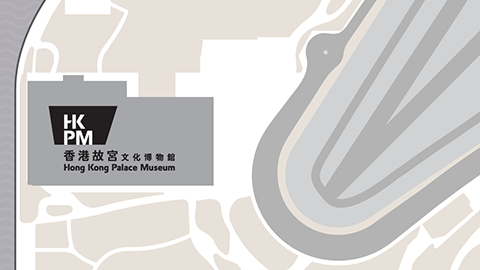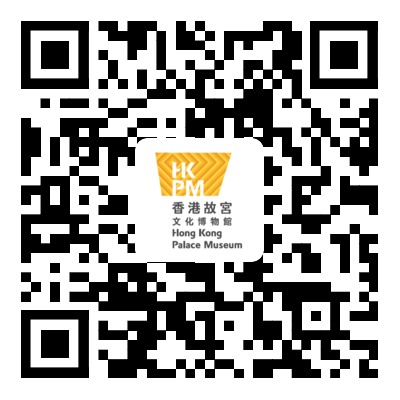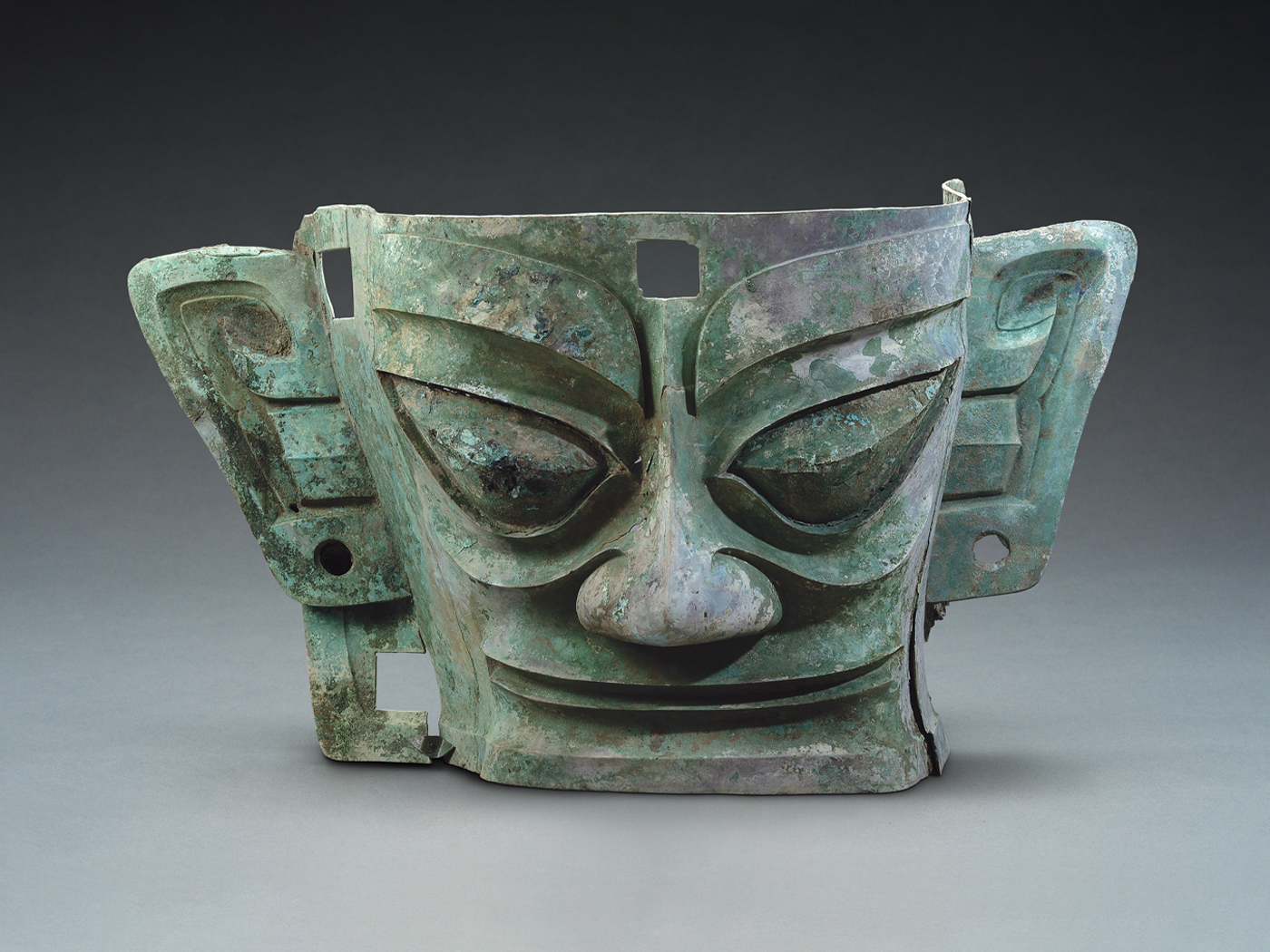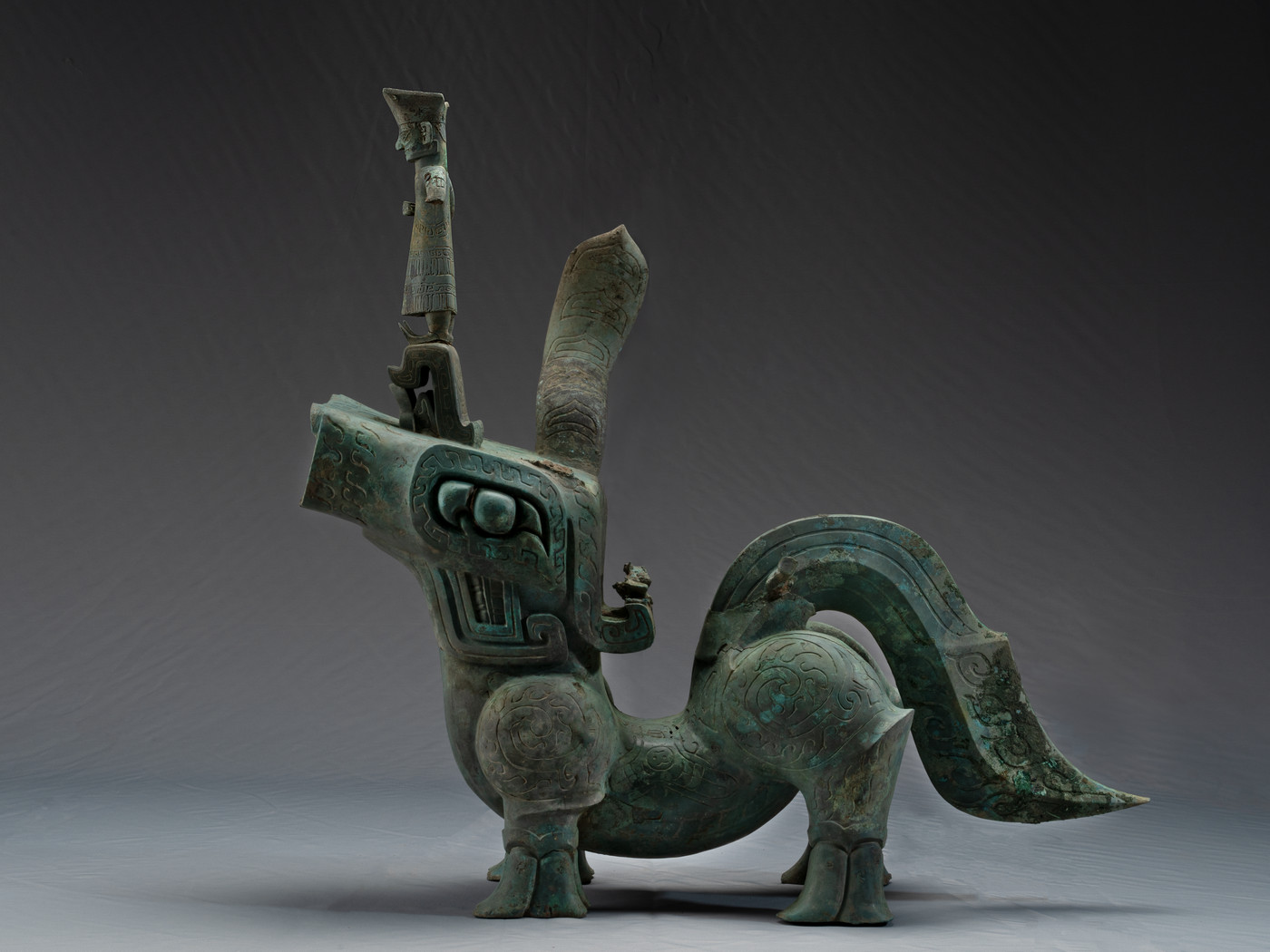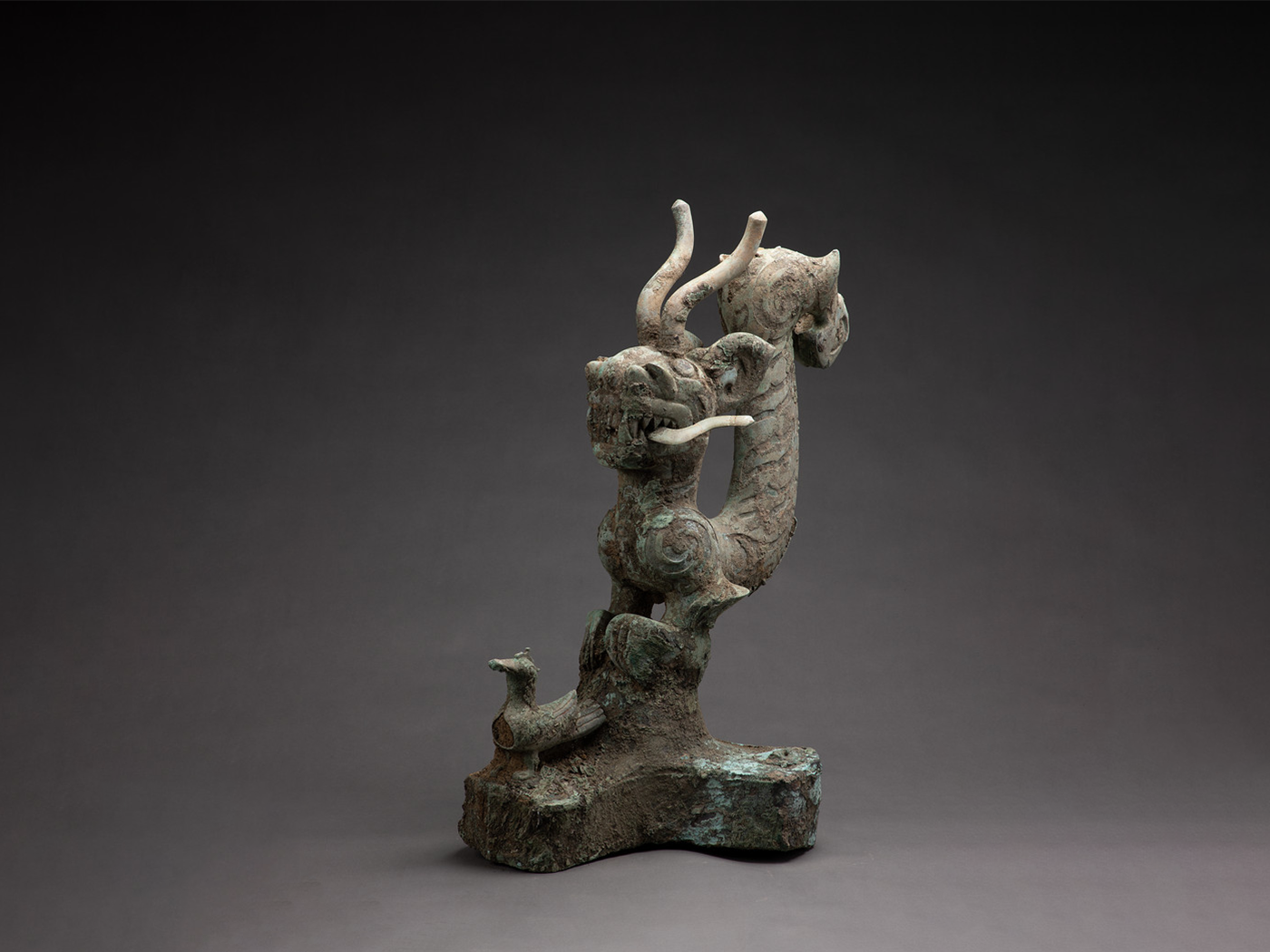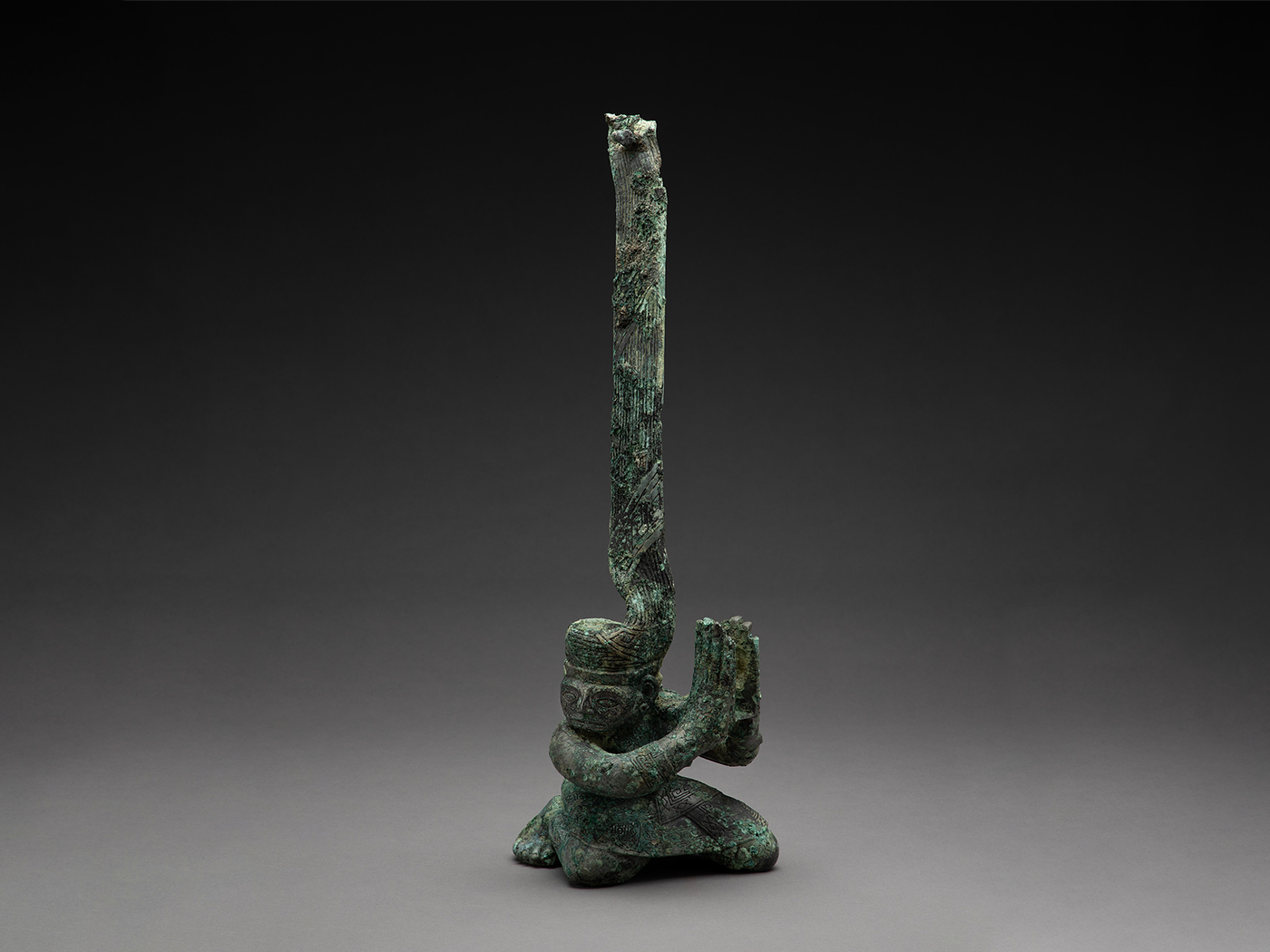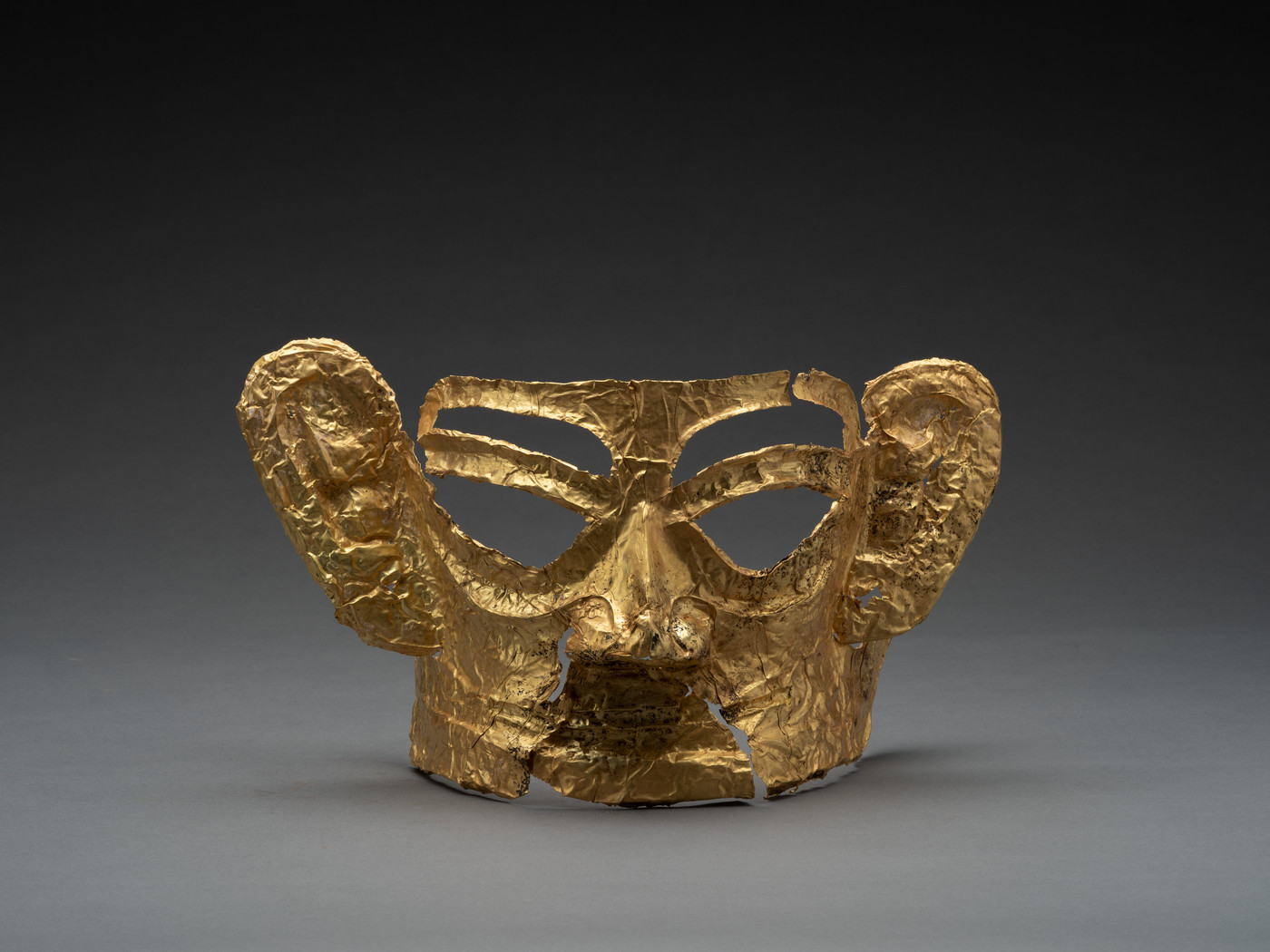The special exhibition presents the astounding new archaeological discoveries at Sanxingdui in China’s Sichuan province. A significant part of the “Archaeological China” project, the excavation at Sanxingdui has enriched and transformed our understanding of the advanced ancient culture in the Chengdu Plain in particular and the upper Yangtze River valley in general. The exhibition features 120 remarkable bronze, jade, gold, and ceramic objects dating back some 2,600 to 4,500 years. Nearly half the objects on view come from the latest archaeological excavations at Sanxingdui from 2020 to 2022; they will be shown for the first time in a major exhibition outside of Sichuan.
This exhibition comprises four sections, each exploring a fascinating facet of Sanxingdui culture: its art, urban life, spiritual world, and its origin and development. Commemorating the 2023 National Day of China, this special exhibition at the Hong Kong Palace Museum celebrates the achievements of ancient Chinese civilisation as well as the interchanges among regional cultures. It also serves as a tribute to a century of modern Chinese archaeology.
This exhibition is organised by the Hong Kong Palace Museum, the Sanxingdui Museum, and the Jinsha Site Museum, with support from the Sichuan Provincial Institute of Cultural Relics and Archaeology and the Chengdu Institute of Cultural Relics and Archaeology. Bank of China (Hong Kong) is the Sole Sponsor of the exhibition.
Organisers:
Partners:
Sole Sponsor:

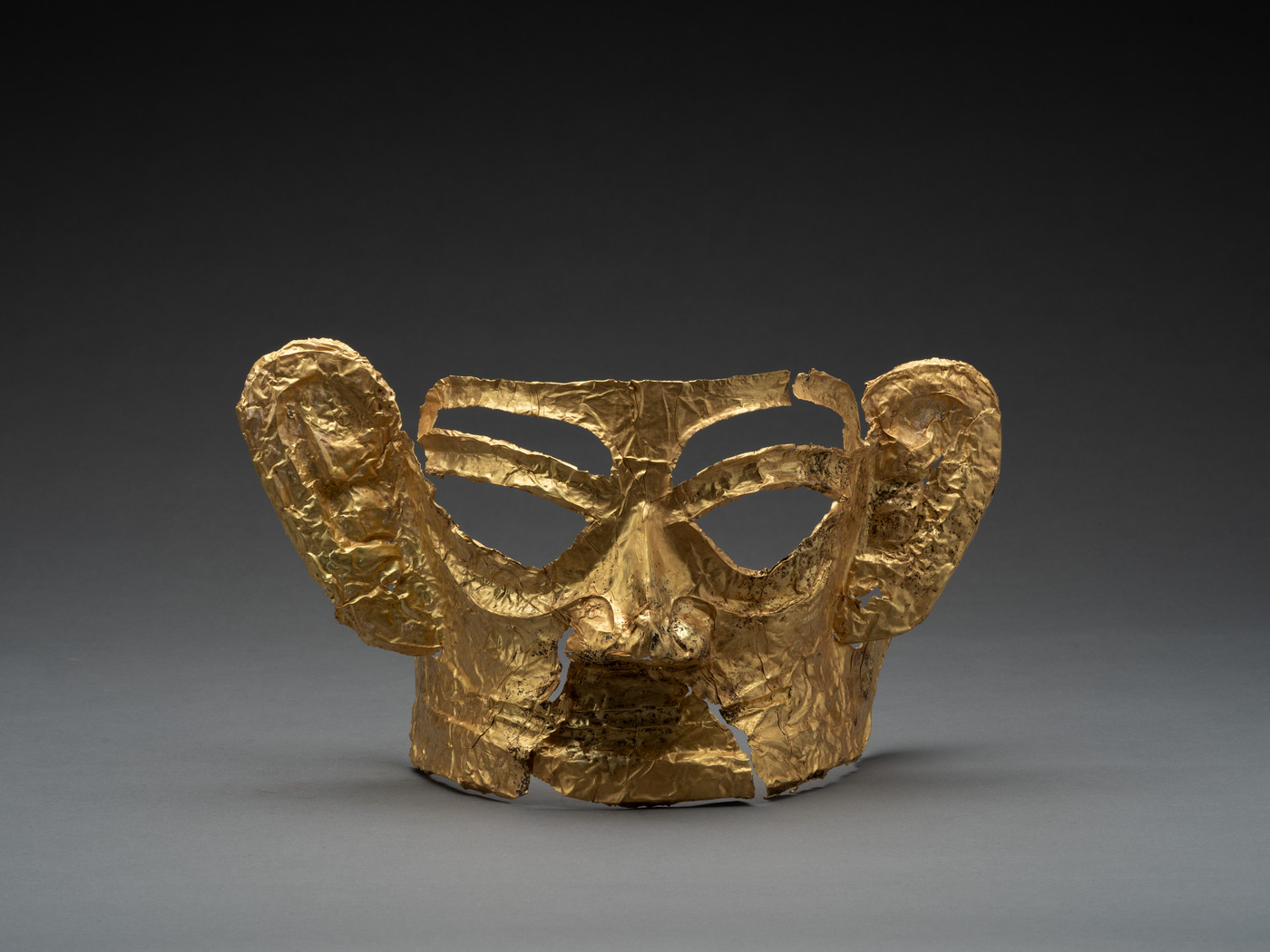
Mask
1300–1100 BCE
Gold
H. 17.5, W. 31, D. 16 cm
Sanxingdui Pit 3, excavated in 2021
Sichuan Provincial Institute of Cultural Relics and Archaeology
© Sanxingdui Museum
